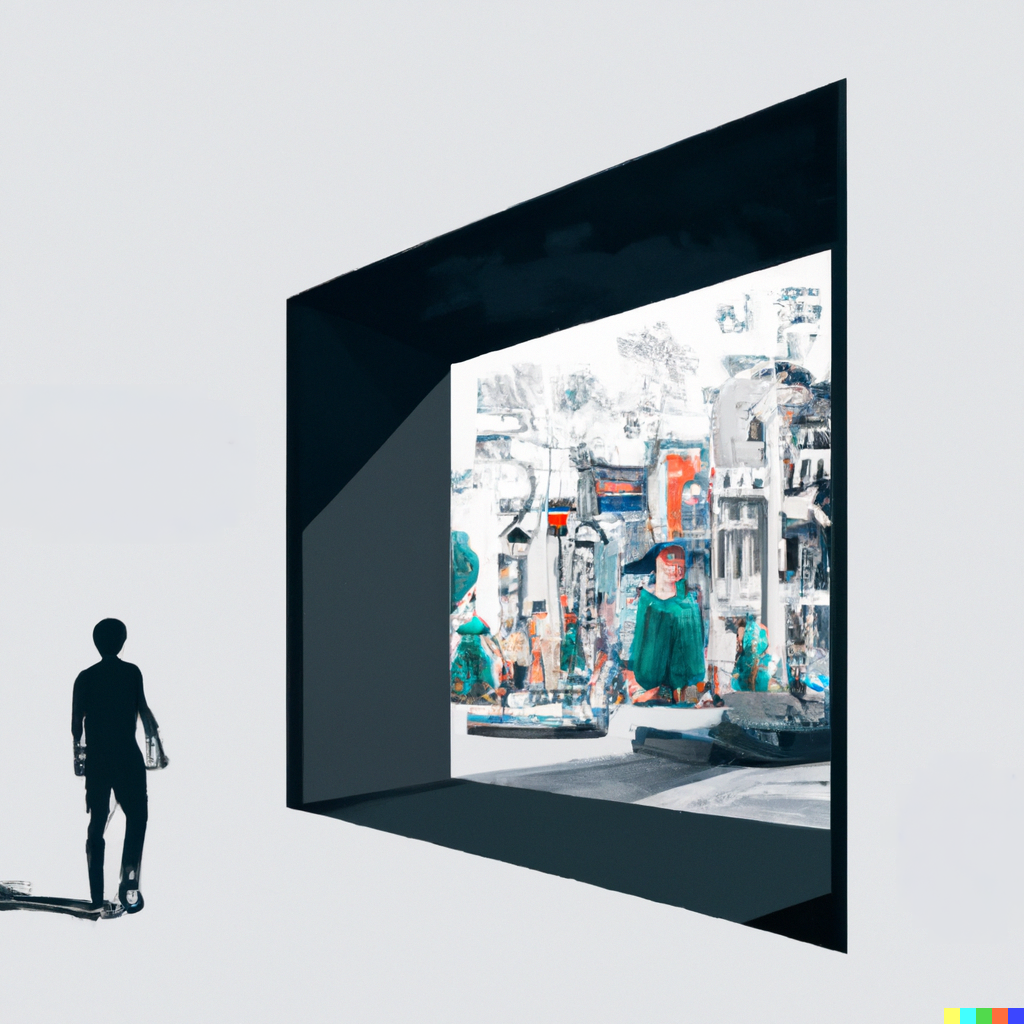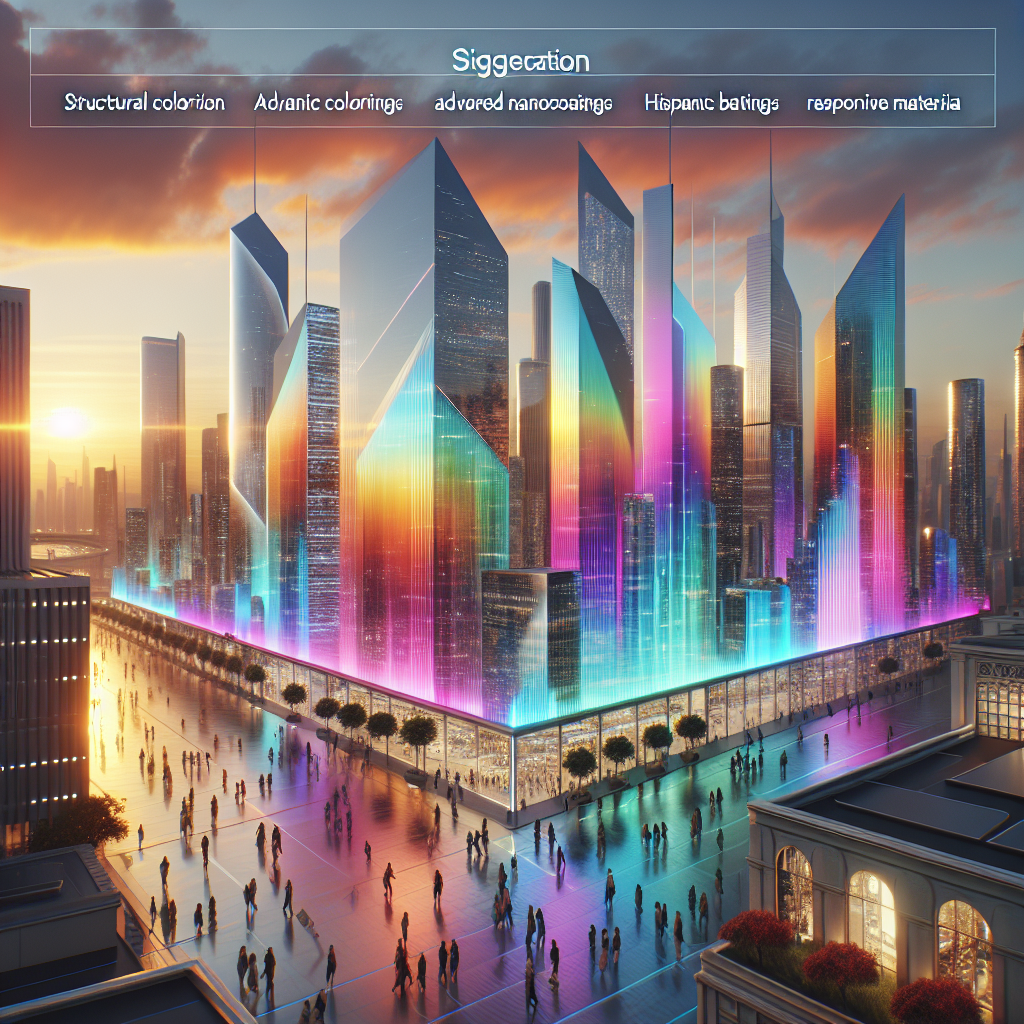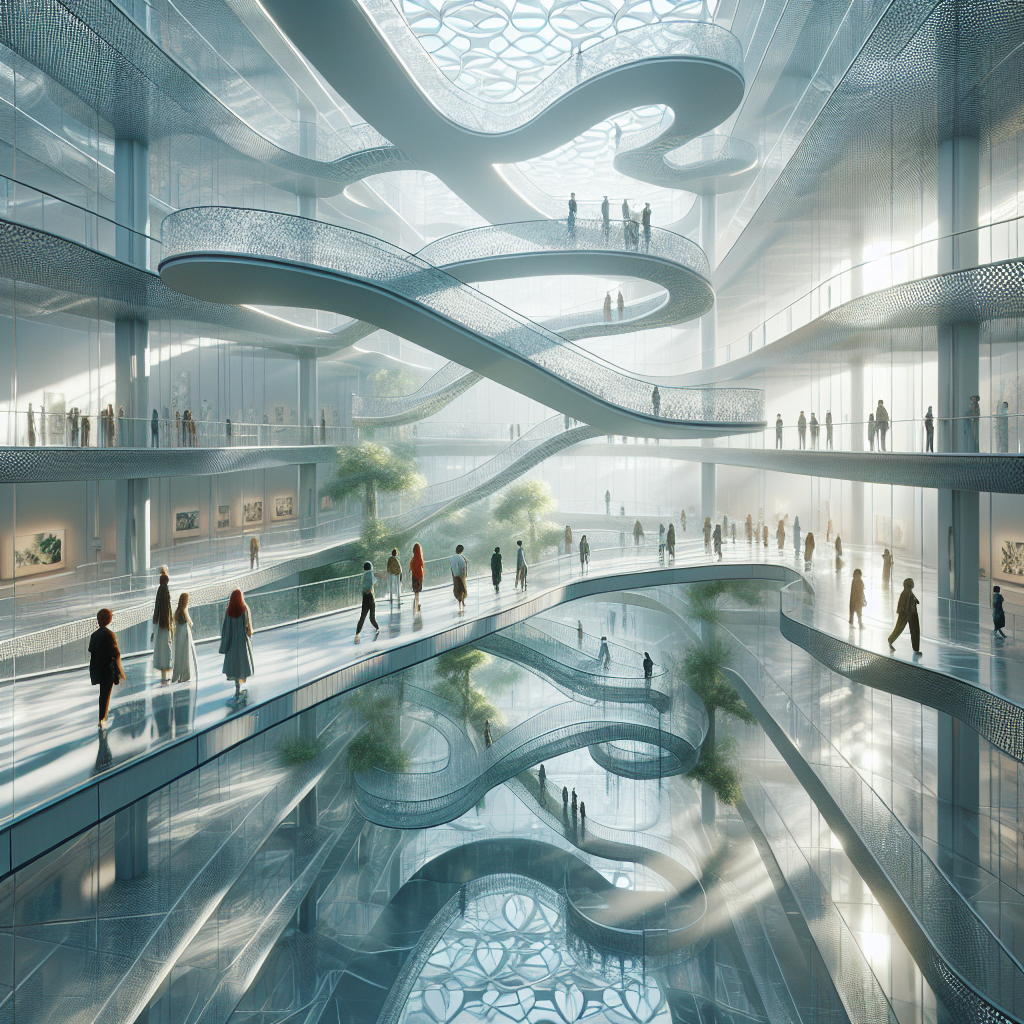The Prospects of Identity and Culture in Futuristic Cities

Introduction
As cities become more advanced and technology-driven, the question arises: Will the cities of the future lack identity and culture? While some argue that futuristic cities will be cold and impersonal, others believe that they have the potential to foster new forms of community and creativity. This article explores the different perspectives and looks at real-life examples of how cities are balancing innovation with identity and culture.
Futuristic Cities Prioritizing Technology
Cities like Tokyo and Dubai are often cited as examples of futuristic cities that prioritize technology and innovation over cultural identity. The cities have towering skyscrapers, ultra-modern infrastructure, and advanced transportation systems, but many argue that they lack a distinct identity or cultural heritage. In Tokyo, the city’s rapid modernization has resulted in the loss of many traditional buildings and neighborhoods. Dubai, on the other hand, has been criticized for its lack of public spaces and emphasis on luxury development.
Futuristic Cities Balancing Innovation with Culture
However, not all futuristic cities have abandoned their cultural heritage. Singapore, for instance, has made a conscious effort to balance innovation with identity and culture. The city-state has developed a unique blend of modern architecture and traditional design elements, such as its iconic Supertrees and colonial-era shophouses. Singapore also places a strong emphasis on public spaces, with parks and green areas making up 47% of the city’s land area. The city-state’s approach has helped to create a sense of community and place, while still embracing technological advancements.
Another example of a city that has successfully blended innovation with culture is Helsinki, Finland. The city has become a hub for design and technology, but it has also preserved its cultural heritage through initiatives like the Helsinki Design District. The district is a network of over 200 businesses and organizations that promote Finnish design, architecture, and fashion. Helsinki has also made efforts to promote sustainable and livable urban environments, such as its “Green Loop” project that aims to create a continuous network of parks and public spaces throughout the city.
Conclusion
In conclusion, the question of whether futuristic cities will lack identity and culture is not a simple one. While some cities may prioritize technology over cultural heritage, others have found ways to balance the two. The examples of Singapore and Helsinki show that it is possible to create cities that are both innovative and culturally rich. As technology continues to shape our cities, it is up to urban planners, designers, and policymakers to ensure that identity and culture are not left behind.





